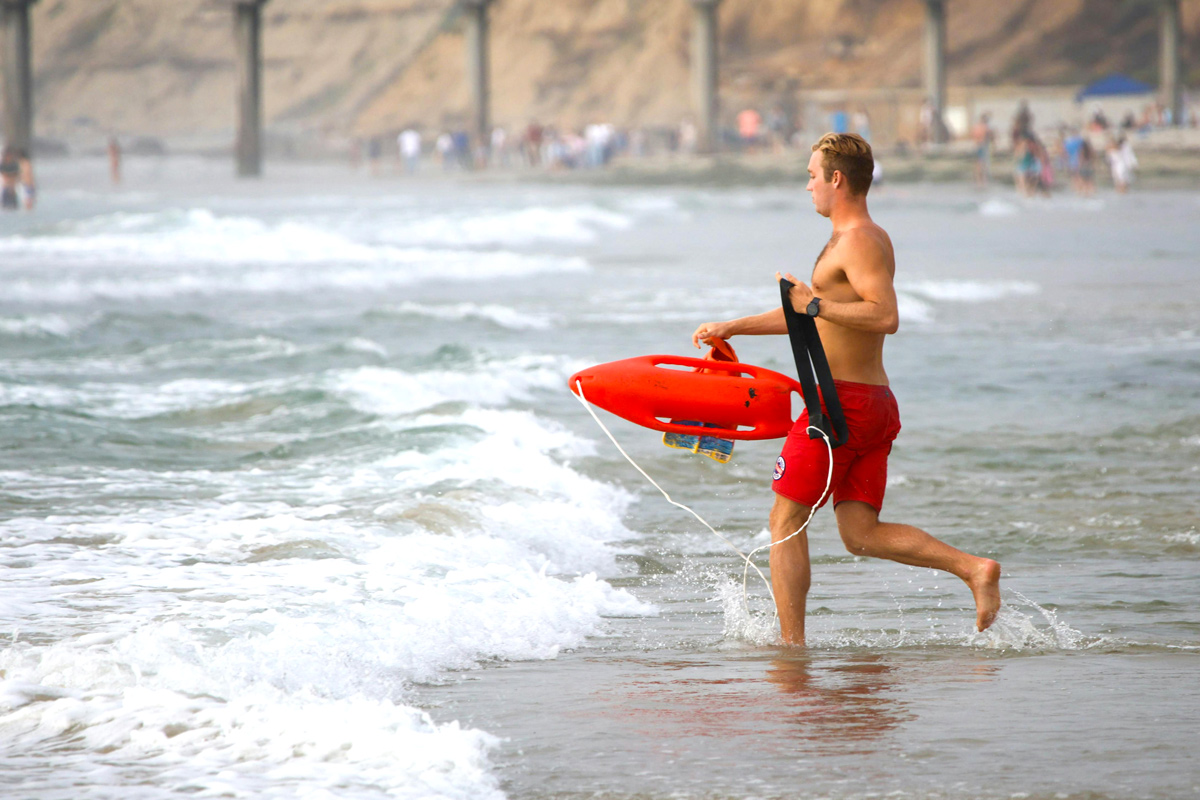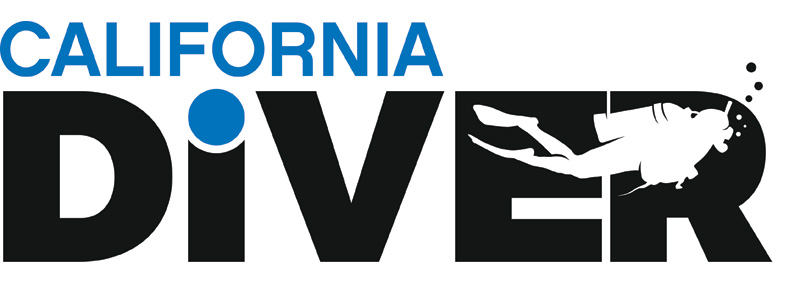
Photo credit: Ant Armada
It’s important to have the skills and knowledge to help someone else in distress when needed, and in adventure sports like scuba diving, there’s an increased likelihood of coming across someone who needs medical assistance – from basic first aid to full resuscitation.
During cardiac arrest, stoppage of oxygenated blood supply can damage the brain in only a few minutes and can prove to be fatal within eight to ten minutes. The American Heart Association recommends that everyone — untrained bystanders and medical personnel alike — begin Cardiopulmonary resuscitation (CPR) with chest compressions when a person goes into cardiac arrest. CPR uses chest compression to imitate how the heart transports blood to the whole body, and these compressions help keep oxygenated blood flowing to the brain and other vital organs until proper medical treatment can be provided. It is an essential lifesaving skill and helpful in many situations including Cardiac arrest, Drowning, Trauma, Electrical shock.
At present, about ninety percent of the people who suffer cardiac arrest outside the hospital expire. However, CPR improves the chances of saving a life if it is performed at the beginning of the cardiac arrest. The prospect of saving a person’s life can be double or triple with CPR.
Recognition of cardiac arrest
The person is healthy one moment, and you unexpectedly see or hear them fall down. You check for consciousness by “shaking and shouting” (Are you alright?) and rub the sternum with your knuckles. This helps to decide whether a person has had some other injury or they are suffering cardiac arrest. If the person doesn’t respond, you should assume that the person has experienced cardiac arrest.
It is most important to call 911 immediately. Chest compression circulates some oxygen until help arrives. Tell someone or call yourself for emergency responders. Start chest compressions. Do not delay chest compressions if the pulse cannot be felt within 10 seconds. Immediate chest compression increases the chances of survival.
Chest compressions
Chest compressions are now the first-line response (rather than first opening the airway and delivering rescue breathing), and a person present on the site should start chest compressions to the victim suffering cardiac arrest. High-quality chest compressions are necessary. Follow the mantra: “push fast and push hard on the center of the chest (i.e., sternum).”
- Chest compressions must be at least 2 inches deep with each down-stroke.
- The rate of compressions must be 100 to 120 per minute.
- While performing chest compressions, the duration and frequency of interruptions must be minimized.
Chest compressions with ventilation can be provided by those trained in the technique and professional medical staff.
Complications
The object of chest compression is to supply blood to the brain, heart, and other vital organs of the body until accurate medical treatment can be provided. If chest compression is not started as quickly as possible, the person experiencing cardiac arrest is likely to die. Complications may include fractures of the ribs, broken teeth, infections, and punctures of the lung. 5 The risk of injury should not stop anyone from performing CPR. If CPR is performed on someone who doesn’t need it, though it can be uncomfortable for that person, only about 2% suffer any type of injury as a result.
Conclusion
It is very uncommon for only chest compressions to recover the heart. However, by continuing constant chest compressions you can dramatically improve the odds of survival by maintaining the victim’s heart in a condition that increases the likelihood that shocks from a defibrillator, administered through bystanders using an automated external defibrillator (AED) or administered by paramedics will result in survival.
Chest compressions are the first line response in CPR. If you are hesitant to do mouth-to-mouth, chest compressions alone may still be life-saving. It’s far better to do something than to do nothing if you are afraid and doubtful of your knowledge and abilities. Remember, the difference between you doing something and doing nothing could be someone’s life. For more information in this regard check out the ACLS BLS recertification online and take CPR online classes.
Story submitted by David Patterson, pacificmedicaltraining.com
Reviewed by Jessica Munoz DPN, RN, CEN, providing nurse training at Yale New Haven Health-Bridgeport Hospital since 2022. Previously in healthcare and education at Griffin Hospital, St. Vincent’s College of Nursing and Sacred Heart University Medical Center.

